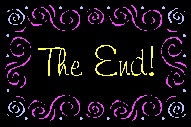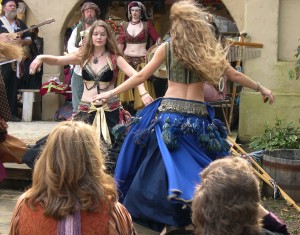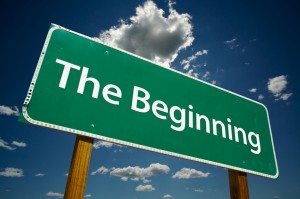Karina Teaches Worldbuilding – Final Lesson
Over this year, Karina is going to share some of her writing seminars on the blog, with the lessons and references for further study. We’ll be posting these once a month. There’s no assigned homework, but if you have questions, please ask them in the comments. Her first workshop is worldbuilding. This is Lesson 7. Here are the links to Lesson 1, Lesson 2, Lesson 3, Lesson 4, Lesson 5, and Lesson 6.
Don’t tell me the moon is shining; show me the glint of light on broken glass. –Anton Chekhov
Now you’re well on your way to building your world! You’ve got–or have plans to get–all this great history, know everything about the orbital mechanics of your solar system, even know why your Grimphani part their hair on the left. Now, it’s time to tell your readers, right?
NO!
Don’t tell us about your world! Show us!
Everything we’ve done so far is background. Some of it may never come up. (Remember what I said in a previous lesson about the writer who has written an encyclopedia or game manual rather than a story?) Now you can use those elements, but don’t tell us about them!
So how do you avoid that?
Keep in mind point of view–even if you are using an omniscient narrative (i.e., the reader sees more than the character), do your best to describe things as they impact or are applied to the character or characters. For example, say I wanted to write a scene in The Miscria III: Hero Psychic, where there is a wild rainstorm that Tasmae (who controls the weather) has decided to allow to happen. I could just say it:
Joshua and Sachiko came in soaked from the storm. When Joshua saw Deryl, he asked, “What’s with the rain? Can’t Tasmae control the weather?”
Deryl shrugged, though it was obvious he found Joshua’s soaked status funny. “The land is parched. Tasmae decided to let the storm come.”
“She couldn’t have given us a warning?”
Or, I can show it:
Joshua and Sachiko entered the city at a run, and the doors closed at their heels, shutting off the howling of the winds. As they stood there, shaking their heads and wringing out their clothes, Deryl strode toward them. “And where have you been?”
Joshua gaped then pointed at the door. “Has your wife looked out the window lately?”
Deryl shrugged, a smile tugging at his lips. “Tasmae said we need the rain.”
Of course, showing is sometimes easier said than done, so here are some tips:
- See it through your character’s senses and experiences. Will your character know that the general is wearing the traditional (but itchy) dress of the Galvatin Space Fleet, with the braiding denoting his bravery in the Karu Nebula Encounter and the still-brass buttons that have been part of the uniform since 345 GT? Or will he just note that it’s impressive and traditional–but kind of gaudy?
- Use the detail that matters. If your hero is dodging a swinging blade, that may not be the time to note that it’s the Sword of Barnana, with rosewood hilt bearing the tiger-eye stones once stolen from the Kitcherie temple and which bears the curse that its wielder must kill a werewolf every full moon and how it has been highly polished yet has nicks. He may notice the crazed, possessed eyes of its bearer and how he pants, “Must killmustkillmustkill.” Once your hero defeats the swordsman, he may note some of these details–or he may be running like fun away from the scene. You decide how important the sword is at that point.
- The more it matters to the plot, the more detail you need. If you don’t intend to run across the Sword of Barnana again in the story, it may be enough to note that it’s a possessed sword. If it comes back later, you might want to note the odd tiger-eye jewels. If it becomes the focus of the quest (and hence the story), more background is needed.
- If you need to explain, let characters do it–but avoid lectures or extended Q&A.
Here’s Vern explaining his scratch marks on the local buildings to a member of the Los Lagos Beautification Committee. It’s a central point to the entire story, which is less than a thousand words.
“I understand you’ve… scratched some of the buildings in the area.”
“Yesssss….?”
“Well, you’re defacing the exterior!”
“Yesssss…..?”
“It simply won’t do!”
“Anybody complaining?”
“The Committee–”
“Anybody around here complaining?”
“No.”
“Those ‘scratches’ mark the area as under my protection. My Territory.”
“I realize it might be an instinct thing–”
I threw back my head and snorted. She jumped but didn’t back away. Score one for guts. “Do you know the crime rate around Territory?”
“Unacceptably high. That’s why the Los Lagos Beautification Committee wants to foster a more pleasant environment–”
“–Do you know the crime rate within Territory?”
“I don’t–”
“People don’t mess with places I’ve marked. They’ve got a stronger motivation than beauty. Me.”
For More Reading:
http://www.tarakharper.com/k_show.htm Great examples.

![MC900434910[1]](http://blog.catholicwritersguild.com/wp-content/uploads/2014/10/MC9004349101.png)




